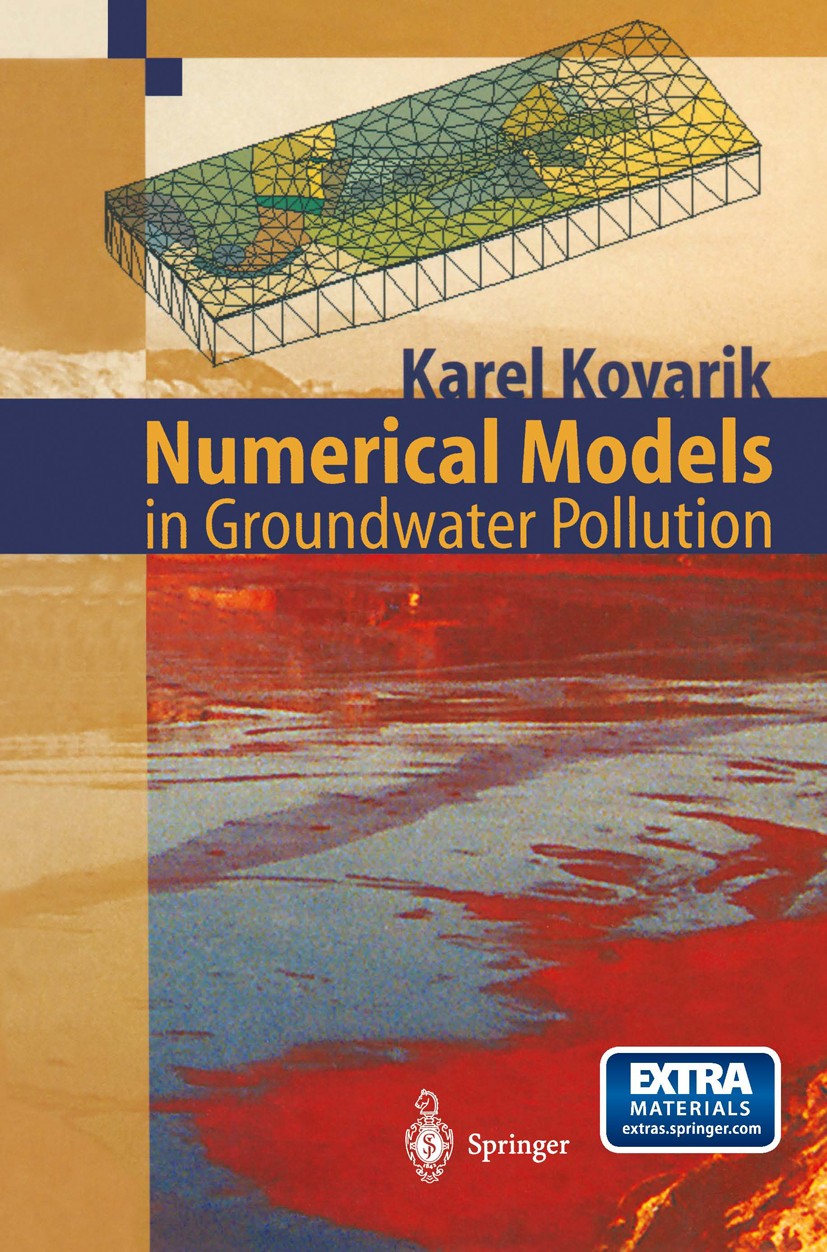| 书目名称 | Numerical Models in Groundwater Pollution |
| 编辑 | Karel Kovarik |
| 视频video | http://file.papertrans.cn/670/669143/669143.mp4 |
| 概述 | Brief description of the theory of groundwater flow and transport.Comparison of used numerical methods, their advantages and disadvantages.Computer programmes and source code with examples.Includes su |
| 图书封面 |  |
| 描述 | Mathematical models are the effective tool to solve different tasks predicting pollutant movement. The finite difference method is the oldest, but still remains widely used in hydrogeological practice. However, this method is not very useful to construct the new transport models because it cannot approximate the shape of remediation elements exactly. Therefore the book is concerned with the FEM (Finite Element Method) and BEM (Boundary Element Method), and also with the comparison of advantages of these methods in groundwater hydrology. The combination of the BEM and the random-walk particle tracking method, which seems to be a very useful tool to model the spread of pollution in groundwater, are also presented. The computer programmes have been developed on the basis of the theoretical backgrounds of these methods. They use the Visual C++ programming language for Windows 95/NT platform and will be included in the book. |
| 出版日期 | Book 2000 |
| 关键词 | Groundwater; See; digital elevation model; finite element method; hydrodynamics; hydrology; spatial data i |
| 版次 | 1 |
| doi | https://doi.org/10.1007/978-3-642-56982-1 |
| isbn_softcover | 978-3-642-63098-9 |
| isbn_ebook | 978-3-642-56982-1 |
| copyright | Springer-Verlag Berlin Heidelberg 2000 |
 |Archiver|手机版|小黑屋|
派博传思国际
( 京公网安备110108008328)
GMT+8, 2026-1-2 07:50
|Archiver|手机版|小黑屋|
派博传思国际
( 京公网安备110108008328)
GMT+8, 2026-1-2 07:50


